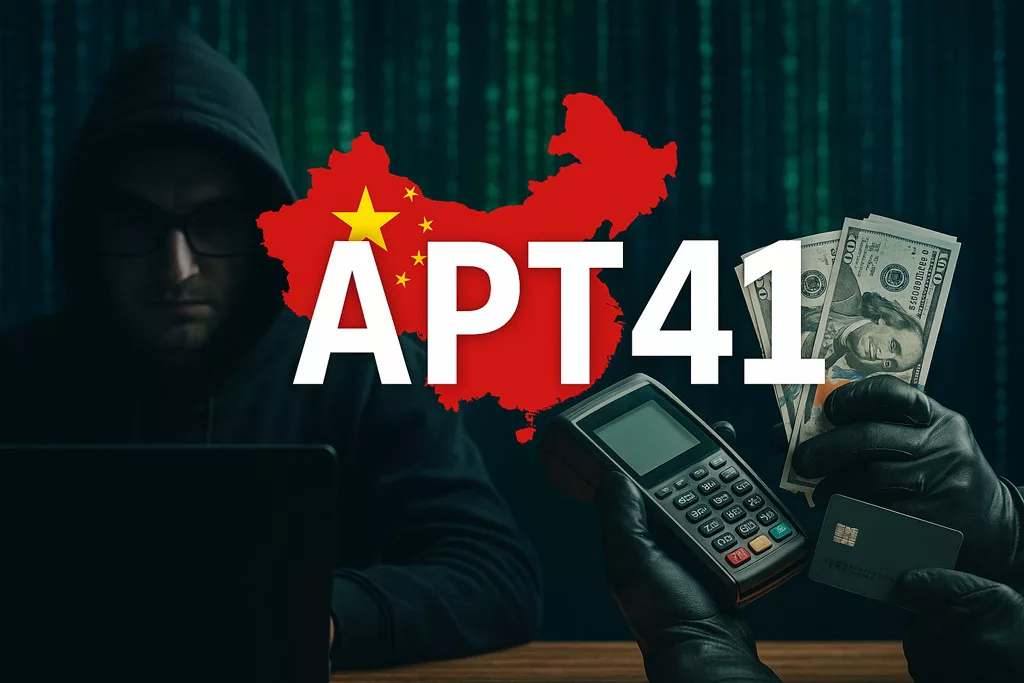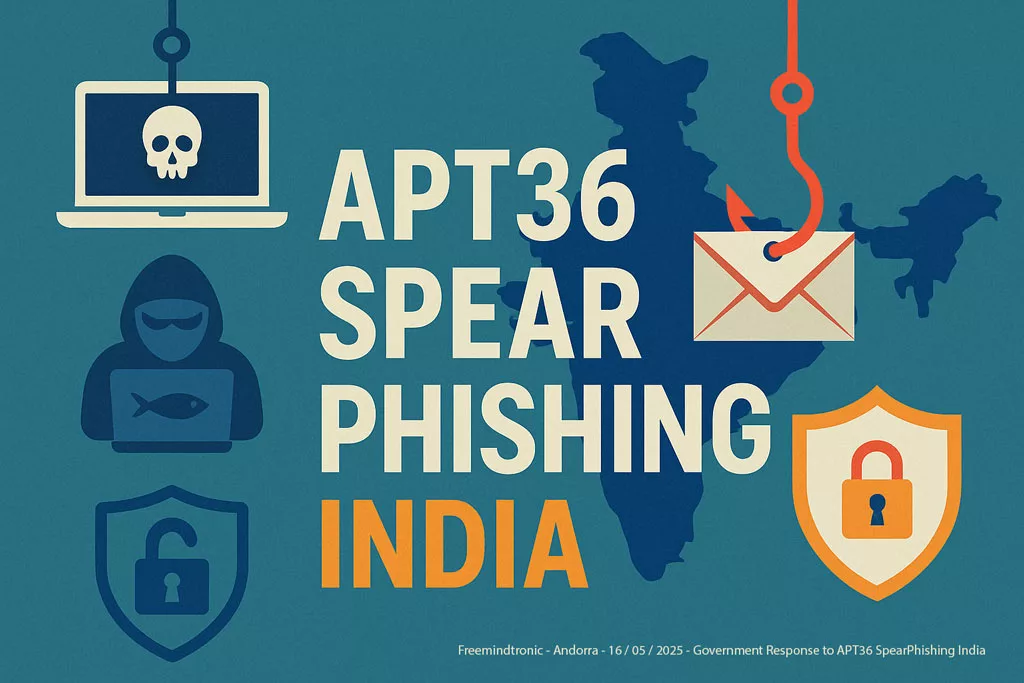What Happened During the Fortinet Data Breach?
Fortinet’s cloud-based file-sharing system on Azure was compromised, allowing Forbitch to steal 440 GB of confidential information. The stolen data included customer details, internal documents, human resource files, and sales data. After Fortinet declined to comply with the ransom demand, Forbitch released the data on a criminal forum, sharing S3 bucket credentials that granted access to other malicious actors. Despite Fortinet’s assurances that the breach impacted less than 0.3% of its customers, it raised questions about cloud monitoring and security strategies. You can read the official statement for more details.
Forbitch’s Attack Methods: Phishing and Credential Stuffing?
Although Fortinet did not reveal the specific attack method, many speculate that Forbitch used phishing or credential stuffing to gain access to Microsoft SharePoint. Considering the scale of the data stolen and the delayed detection, it is likely that Forbitch utilized stolen credentials. This would have allowed the attacker to blend into normal user activity, bypassing standard security protocols.
This breach underscores the importance of Zero Trust and Zero Knowledge security models:
- Zero Trust: This model requires continuous verification of both users and devices, assuming no one is ever fully trusted within the network.
- Zero Knowledge encryption: Even the service provider (e.g., Fortinet or Azure) cannot access encrypted data without the appropriate keys. Thus, even if hackers breach the system, they cannot decrypt sensitive information.
Who is Forbitch?
Forbitch is the hacker responsible for the 2024 Fortinet data breach. This individual exfiltrated 440 GB of sensitive data from Fortinet’s systems. After Fortinet refused to meet their ransom demands, Forbitch leaked the stolen data publicly. The hacker’s methods suggest a high level of expertise, likely involving phishing or credential stuffing. These tactics allowed Forbitch to gain access to Fortinet’s SharePoint server hosted on Azure.
Forbitch’s decision to release the data, instead of attempting further extortion, highlights a different motivation. It points to a desire for recognition within criminal forums, not just financial gain. This aligns with a growing trend where some hackers focus on notoriety, aiming to build a reputation in underground communities.
Approaching Attribution Carefully
Attributing cyberattacks like this one remains complex. Forbitch’s identity and full involvement in broader cybercrime activities are still unclear. Although their techniques suggest they are highly skilled, the details of their motives and possible affiliations are speculative. Until further evidence emerges, it is vital to treat any assertions about their identity with caution.
Could Fortinet’s Cloud Monitoring Have Prevented the Data Breach?
Surprisingly, Forbitch was able to exfiltrate 440 GB of data without triggering alarms. Several potential reasons could explain this oversight:
- Gradual Data Exfiltration: Forbitch may have used data throttling techniques, slowly siphoning data over time, which could have blended into regular network traffic. This would make it difficult for Intrusion Detection Systems (IDS) to detect.
- Misconfigured Cloud Monitoring Tools: Fortinet’s monitoring systems on Azure may have been improperly configured, preventing them from detecting large-scale transfers. Proper Data Loss Prevention (DLP) tools might have mitigated this risk.
- Use of Legitimate Credentials: If Forbitch used compromised credentials, the system might have perceived the data transfer as legitimate, delaying the breach detection until it was too late.
- Cloud Monitoring Focus: Fortinet might have focused primarily on securing its perimeter against external threats, leaving internal cloud activity under-monitored. This issue is common among organizations that heavily rely on cloud platforms like Azure.
Fortinet’s Crisis Management and Response
After discovering the breach, Fortinet swiftly responded. The company:
- Notified affected customers immediately,
- Hired an external forensic firm to investigate the breach,
- Strengthened its monitoring and threat detection systems to prevent future incidents.
This prompt response demonstrates how organizations should handle cybersecurity crises, focusing on damage limitation and customer transparency.
A Broader Cybersecurity Context: Major Data Breaches and the Vulnerability of Industry Leaders
The Fortinet breach, while alarming, is part of a larger trend that demonstrates the vulnerability of even the most well-established cybersecurity firms. Other major players, such as Okta and Cloudflare, have faced similar attacks in recent years, illustrating that no company is immune to these threats. These incidents expose weaknesses in current cybersecurity practices and emphasize the need for more advanced protective solutions.
Okta Data Breach
In January 2022, Okta, a leading identity and access management provider, experienced a serious breach. Hackers were able to access sensitive customer data through compromised third-party vendors. Okta’s failure to respond quickly raised concerns about how easily attackers can exploit weak links in the supply chain. Despite Okta’s extensive security measures, the incident exposed gaps in how even sophisticated security providers protect client information.
Cloudflare Attack
Similarly, Cloudflare, a giant in web security, experienced a phishing attack in 2022. Although Cloudflare managed to prevent the attackers from accessing sensitive data, the breach revealed that even well-defended systems could be targeted through social engineering tactics. Cloudflare’s proactive defense, like the use of hardware-based security keys for multi-factor authentication (MFA), highlights the importance of strong, multi-layered security practices.
These cases, like Fortinet’s breach, show that even the most advanced security infrastructures can be compromised. With increasing complexity in cyber threats, including phishing, credential stuffing, and social engineering, adopting more comprehensive defense solutions becomes critical.
Strengthening Defenses: The Role of DataShielder and PassCypher Solutions
Amid this evolving landscape, DataShielder and PassCypher provide powerful defense mechanisms that address many vulnerabilities highlighted by these breaches. DataShielder’s use of segmented keys for AES-256 encryption and RSA-4096 key management significantly enhances security, making it extremely difficult for attackers to decrypt stolen data without the necessary keys. In a case like Okta’s or Fortinet’s, where attackers managed to access sensitive information, DataShielder would have ensured that the exfiltrated data remained unreadable without the segmented encryption keys.
PassCypher’s anti-phishing protections and real-time monitoring, along with its OTP management, add another layer of complexity for attackers. These tools help reduce the success of credential stuffing, phishing attacks, and other common intrusion methods, making it far more difficult for unauthorized users to gain access to critical systems.
Legal and Regulatory Implications: Navigating Global Data Protection Laws
Given the international reach of Fortinet’s business, the data breach could fall under various legal frameworks depending on the affected clients’ locations. Although the General Data Protection Regulation (GDPR) might not apply due to the lack of disclosed European victims, other laws come into play:
U.S. State Laws:
- California Consumer Privacy Act (CCPA): Fortinet, headquartered in California, must comply with the CCPA if California residents’ data was compromised.
- State Data Breach Notification Laws: Many states, including California, mandate notifications to individuals when their personal information is breached.
Federal Laws:
- Federal Trade Commission (FTC): The FTC may investigate Fortinet if their security practices were insufficient to protect customer data.
International Law:
- Other Jurisdictions: If non-U.S. clients were affected, local privacy laws such as Canada’s PIPEDA or Brazil’s LGPD would apply, depending on each country’s specific regulations. Fortinet must navigate these complex legal frameworks to ensure compliance.
Could PassCypher and DataShielder Have Prevented the Breach?
Freemindtronic’s PassCypher HSM PGP and DataShielder NFC HSM products would have added a significant layer of protection to Fortinet’s systems. Their features make it nearly impossible for attackers to exploit stolen data.
PassCypher HSM PGP
This advanced password manager encrypts login details using cutting-edge methods. It generates passwords longer than 256 bits, leveraging a Shannon-based entropy control system. This allows users to create unique passwords for every account, including Fortinet, effectively stopping credential spoofing. Furthermore, it offers anti-phishing, typosquatting, and Browser-in-the-Browser (BITB) attack defenses. Additionally, it provides real-time monitoring via Pwned, preventing attackers from exploiting user credentials. Even if attackers tried phishing or credential stuffing, these would have been ineffective.
PassCypher NFC HSM
As a hardware-based password manager, PassCypher NFC HSM generates passwords exceeding 256 bits and includes an automatic sandbox URL system. Paired with PassCypher HSM PGP for use on computers, it provides full anti-phishing protection through NFC technology. The physical device ensures that no credentials can be extracted. Additionally, it serves as a secret OTP (TOTP/HOTP) key manager, generating 2FA codes for accounts like Fortinet. This complexity, especially with physical security, would make it impossible for attackers to bypass—even if they stole the credentials.
DataShielder NFC HSM
This solution manages segmented keys for AES-256 CBC encryption and RSA-4096 key sharing, allowing users to securely share encryption keys either nearby or remotely. Working via NFC on Android devices, it can pair with DataShielder HSM PGP, enabling seamless, contactless encryption of texts and data across any storage medium, including online platforms. Even if hackers exfiltrated data, as seen in the Fortinet breach, they would be unable to decrypt it without the necessary encryption keys. DataShielder NFC HSM offers exceptional quantum-resilient security against data breaches.
DataShielder HSM PGP
This product also encrypts data using AES-256 CBC and segmented keys, providing strong protection against unauthorized access. When paired with DataShielder NFC HSM, users can encrypt communications and data effortlessly. In the case of Fortinet, where sensitive data was stolen, DataShielder HSM PGP would have kept the data encrypted and unreadable without the correct decryption keys. Its advanced key management and robust encryption ensure that, even under sophisticated attacks, the data remains secure. This solution delivers a quantum-resilient security standard, ensuring peace of mind.
Lessons from the Fortinet Data Breach: Cloud Security Insights
The Fortinet data breach offers valuable lessons for businesses relying on cloud infrastructure. Companies should focus on:
- Real-Time Cloud Monitoring: Continuous monitoring systems are essential for detecting large-scale data transfers and suspicious activity.
- Regular Cloud Configuration Audits: Regular audits can help identify misconfigurations that may expose sensitive data.
- Advanced Data Loss Prevention (DLP) Tools: Deploying DLP tools capable of detecting and preventing data exfiltration is crucial, especially when dealing with sensitive customer data.








